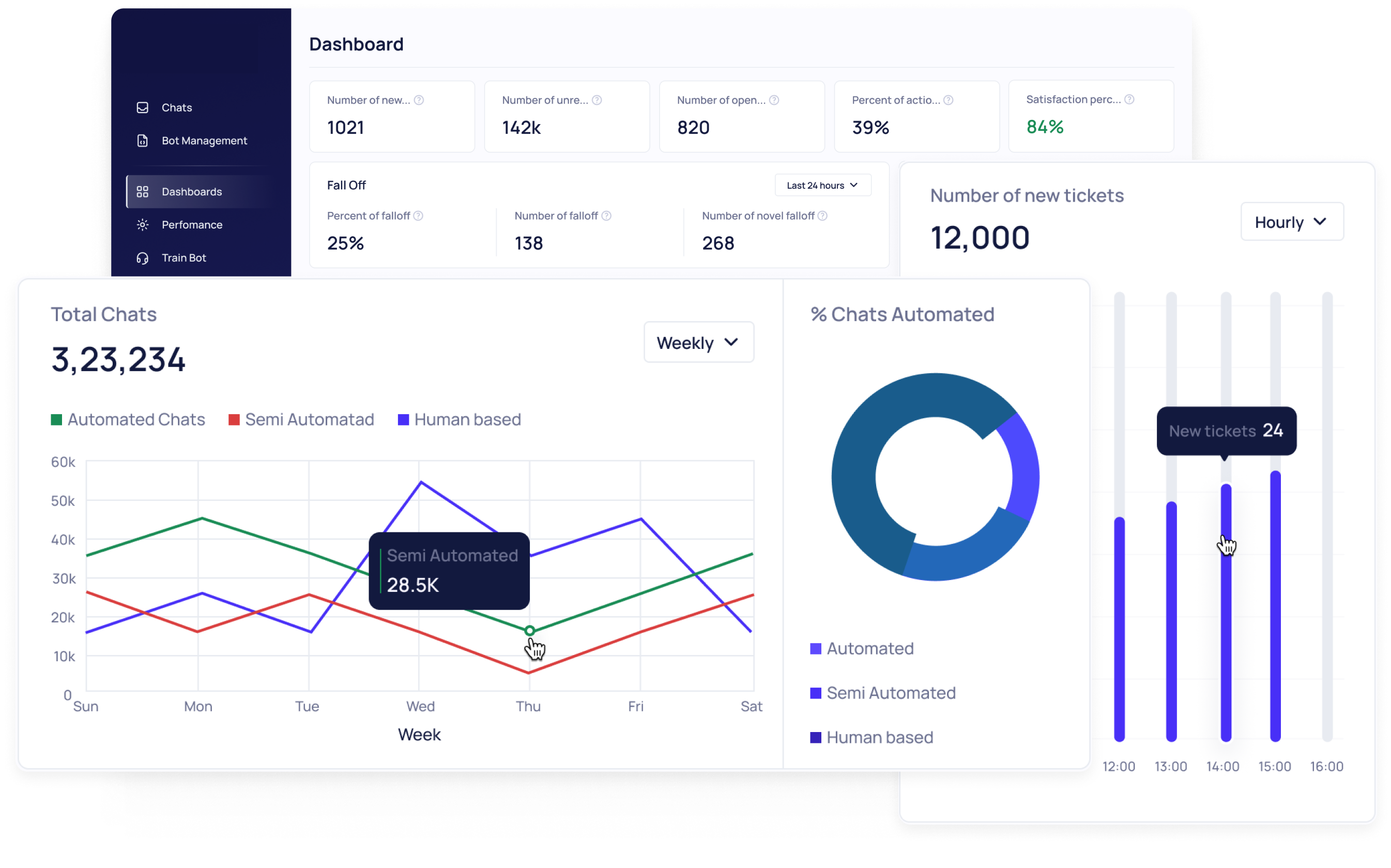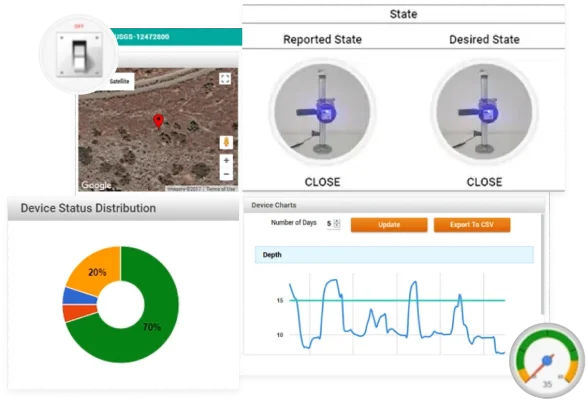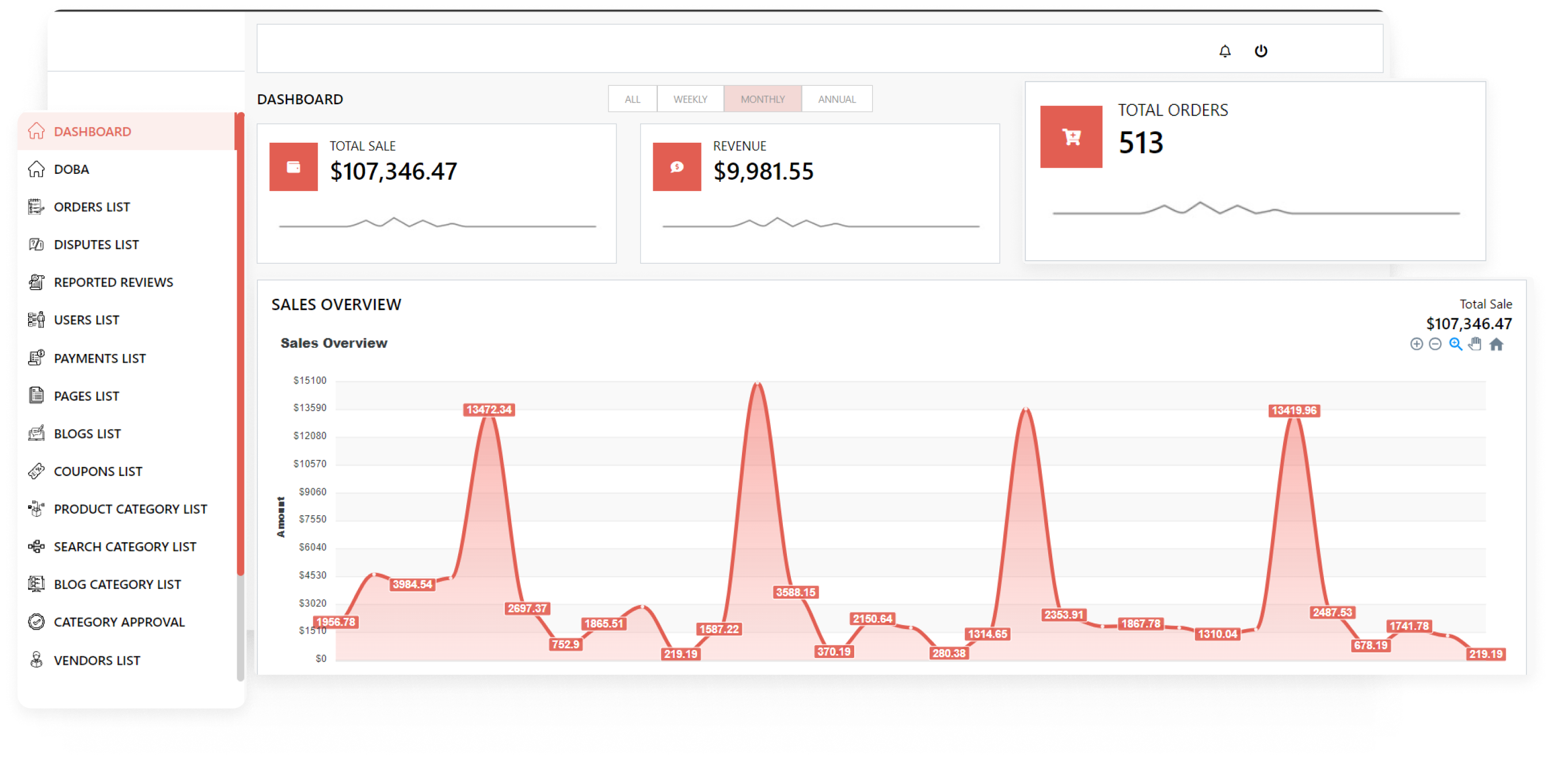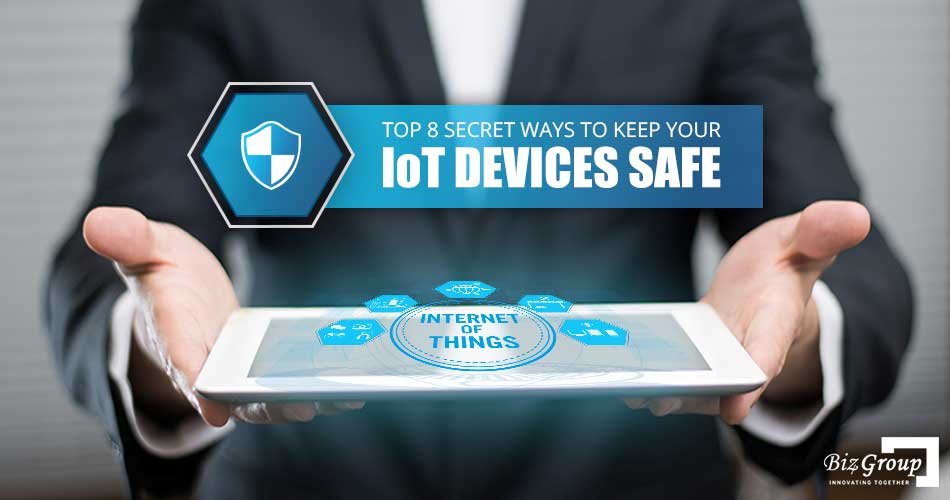Top 8 Secret Ways to Keep your IoT Devices Safe
In mid-October of 2016, the insecure IoT devices became a major cause of the then biggest Distributed Denial of Service (DDoS) attack, which disrupted the internet in the east coast of United States. The dubious IoT devices were the primary target of Mirai Botnets that overwhelmed the servers with fake traffic and collapsed it completely for more than a day.
Even though the rudimental purpose of this attack was to make a little money from the Minecraft game servers, the Mirai botnets grew stronger than the anticipation of their creators and brought down sites like Twitter, Netflix, and Reddit for good.
Clearly, the IoT devices are susceptible to be attacked by similar attacks in the near future. This penetration of IoT systems sabotage the privacy of the data stored in the servers and compromise the integrity of their so-called secured networks.
As the technology will grow, so will the connected devices per customer. As per Statista, by the end of this year, on average, every person on this planet will have a minimum of 6 connected devices. Since the Internet of Things is growing unfathomably across the globe; and that too in both commercial and industrial segments, the need for robust means to keep the data and IoT devices secure is the need of the hour.
Here is a list of some ways that an individual or even an industry can use to keep its smart devices safe from any cyber-attack. Keep reading, as number 7 will blow your mind away:
1) Understanding the Basic Need of IoT Devices:
You might have purchased an IoT wearable device just because of the bloating hype about the gadgets. However, carefully consider connecting it to the internet. The smart devices nowadays are not far behind in terms of capabilities than any high-end smartphone. They are fitted with a high-definition camera along with a myriad of technologically advanced sensing devices like accelerometer, gyroscope, heart rate monitor, etc.
In most cases, you won’t even require to connect your devices to the internet and can get along with the in-built features of your devices. Even though it is just a precaution over cure, it is the most effective way to keep your devices secure. It’s just how the saying goes:
“Better safe than sorry ”.
2) Altering the Passwords Continuously:
For industries that use a best-of-breed IoT solution, it is important to make sure that the IoT platform suite is embedded with advanced encryption and firewall protection. Modifying the passwords on a monthly basis will considerably reduce the chances of cyber threats. If possible, also make sure to change the passwords of your devices.
On a different note, make sure that the new passwords are completely unique from the last one. Fail to do this and the cybercriminals can make use of the slightly shifting patterns to identify your new passwords.
3) Using Separate Network for IoT Devices:
Don’t use a common network for both your IoT devices and legacy appliances. Instead, create a distinct Wi-Fi network for your connected devices. Not only will it enable you to eliminate any unauthorized access to your sensitive data but also help your IoT devices to share data without any interruption from bequest systems.
4) Avoiding UPnP Features:
By using Universal Plug and Play (UPnP) features, people can enable their devices to find and connect with other devices. This feature is convenient for commercial usage, as it allows a person to easily connect its computer or mobile phone with wireless devices such as printers and gateways.
However, these UPnP protocols operate on local networks for connecting and are hence susceptible to be attacked by malware. These protocols give the attacker access to multiple devices that make it even more perilous. Hence, it is better to turn-off the UPnP feature when not in use.
5) Updating Devices Regularly:
Keeping your devices up to date is also a good practice to reduce the possibility of a cyber-attack. Enable your automatic update option and also recheck the firmware updates regularly. Devices manufacturers keep rolling-down new updates and security patches to ensure top-notch performance. Hence, it becomes necessary to stay at par with these updates to block or counter any cyber threats.
6) Avoid Connecting your Devices with Public Network:
Public area networks are constantly targeted by cybercriminals and are not safe at all. Also, IoT and wearable devices use Wi-Fi connectivity to store your personal data on cloud platforms to later show it to you with accurate analytics. Hence, whenever you connect your devices on a public network, you put your data at risk to be accessed by hackers, who may be present on the same network. Therefore, refrain from connecting your IoT devices on a public network.
7) Merging IoT with Blockchain:
No doubt, IoT systems are currently not safe. Howbeit, other technologies like Blockchain are. By merging the capabilities of these two technologies a secure and connected environment can be created that allow a user to store its data on a stable and interference-free platform.
Blockchain use cryptography to encrypt data into a secure format and then store it in a distributed ledger, which restricts any kind of hampering or data breach. Many companies are working to infuse Blockchain into IoT systems to sky-rocket their data and device security systems. By using this amalgamation, companies and even the general public can now use IoT or wearable devices without worrying about a DDoS or any other cyber-attack.
8) Choosing Compatible Devices for a Network:
During the planning phase, industries often make the mistake of choosing devices that aren’t compatible with their chosen network or vice versa. Also, these devices and networks must support the IoT platform on which they will be monitored.
In case these devices aren’t compatible with any of the two other aspects, the industries rewire and reprogram their devices to make them work on the prescribed standards. This helps companies to finalize their IoT solutions, but in the process, they sometimes demolish the safety features of the devices that reduce their security.
Companies can extend the circle of their research and look for devices that are supported on the network that they have chosen. Moreover, attention should be focused to identify a single device that can perform the capabilities of two or more devices. Along with reducing hardware costs, it also lowers the possibility of external intervention.
What to do if a Data Breach Occur?
If you or your industry’s IoT devices face a data breach even after following all these aspects, then make sure to adhere to these factors to lower the damage:
• Try to protect the critical data such as your financial records, passwords, or any controversial information.
• Cut the infected segment from the remaining network. Do this by changing encryption details and enabling a two-way authentication.
• Notify other parties, so that they can take safety measures as well.
After doing all this, try to regain control over your IoT devices and network. Also, identify the vulnerabilities that became the cause of the cyber-attack. This will help you to improve your security systems even further.
On a Concluding Note:
The technology of IoT is still emerging. Henceforth, many developments are still to be made that also includes the overhaul of data and device security systems. In the future, it’s a possibility that the IoT systems will become self-dependent and counter the cyber-attacks and attempts of a data breach on their own.
Till then we can only be cautious and wait for the technology to grow past its current capabilities.
 info@biz4group.com
info@biz4group.com 




















































